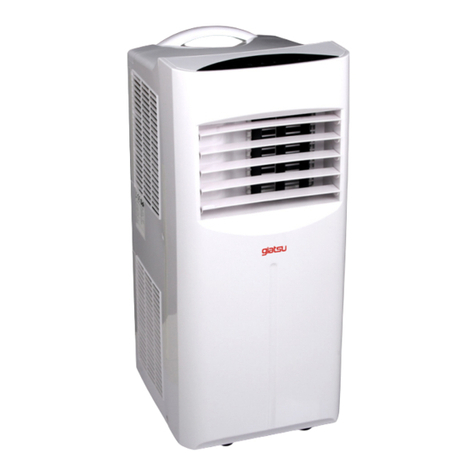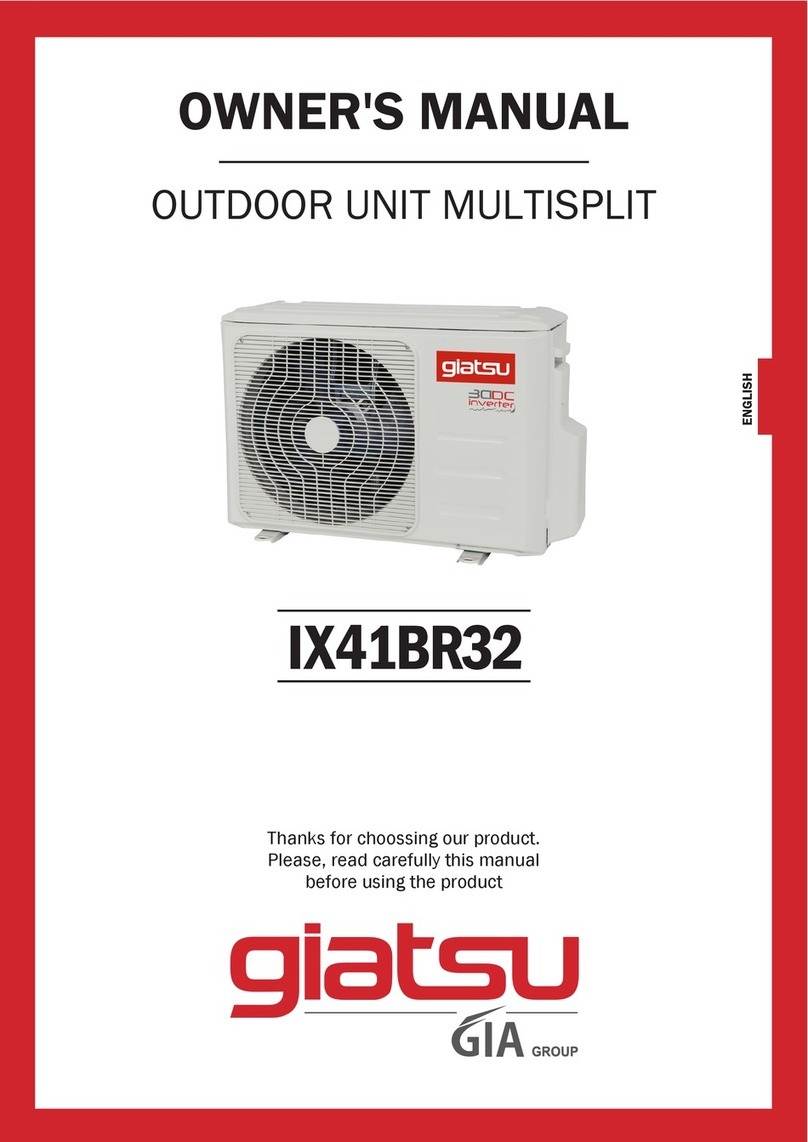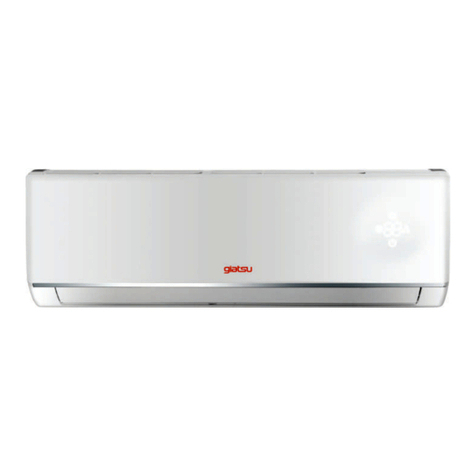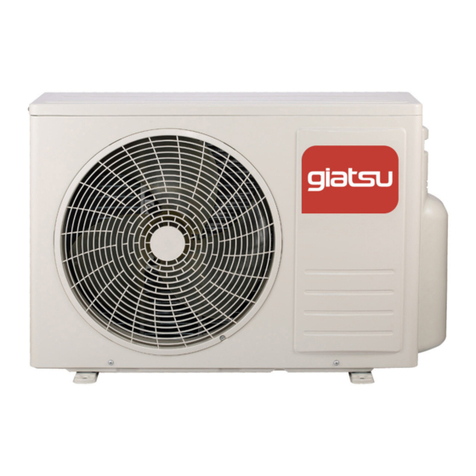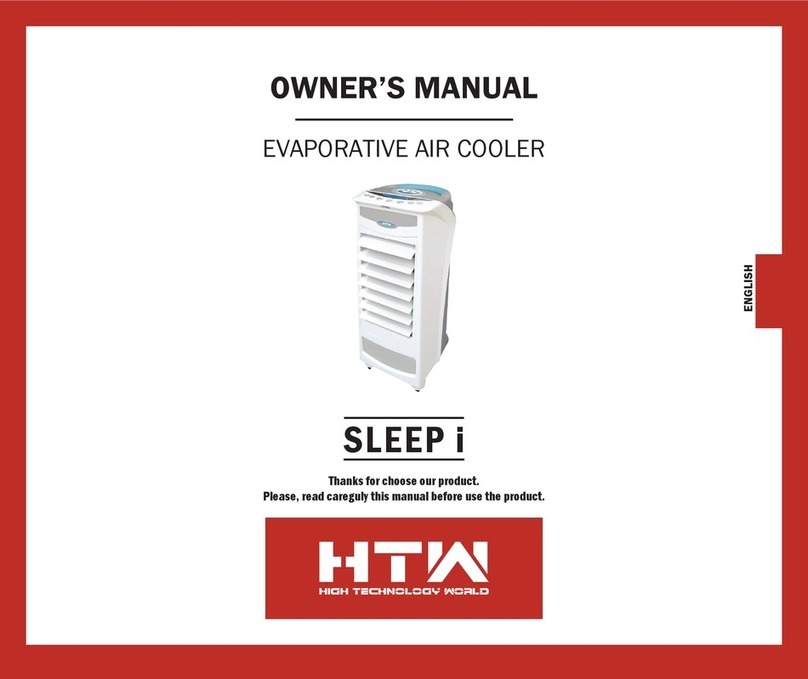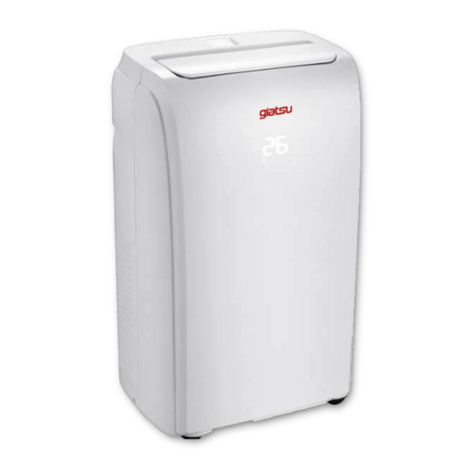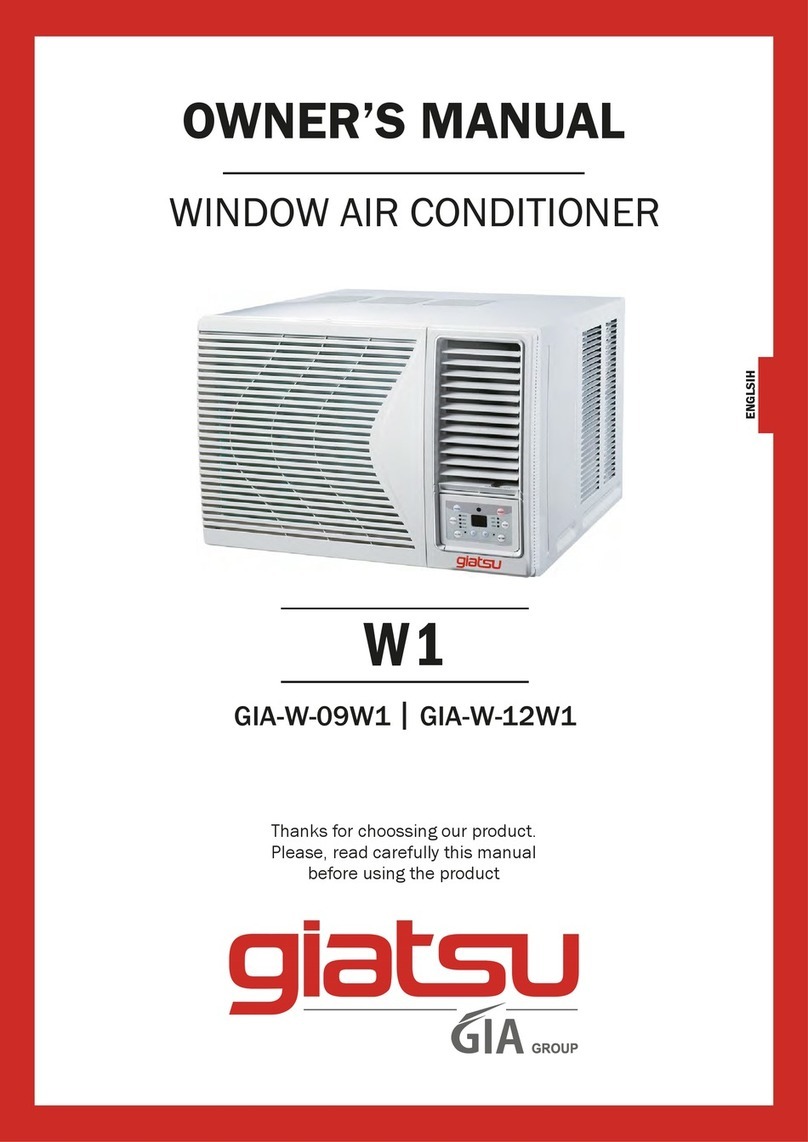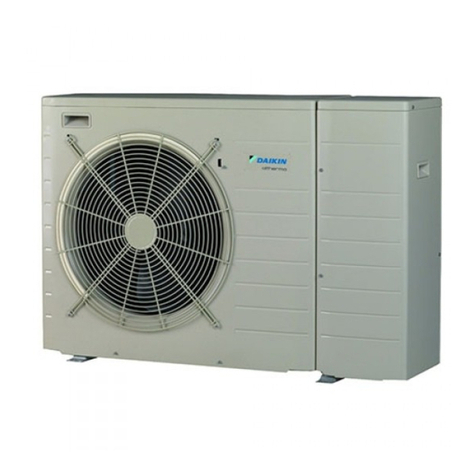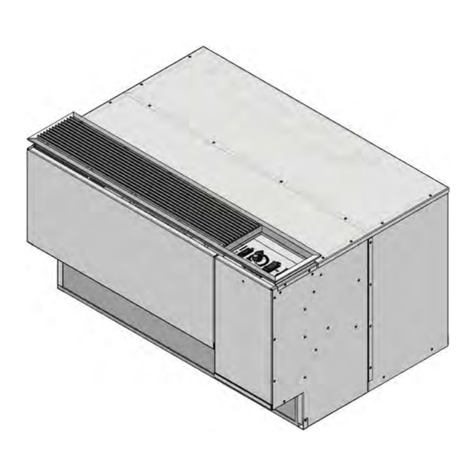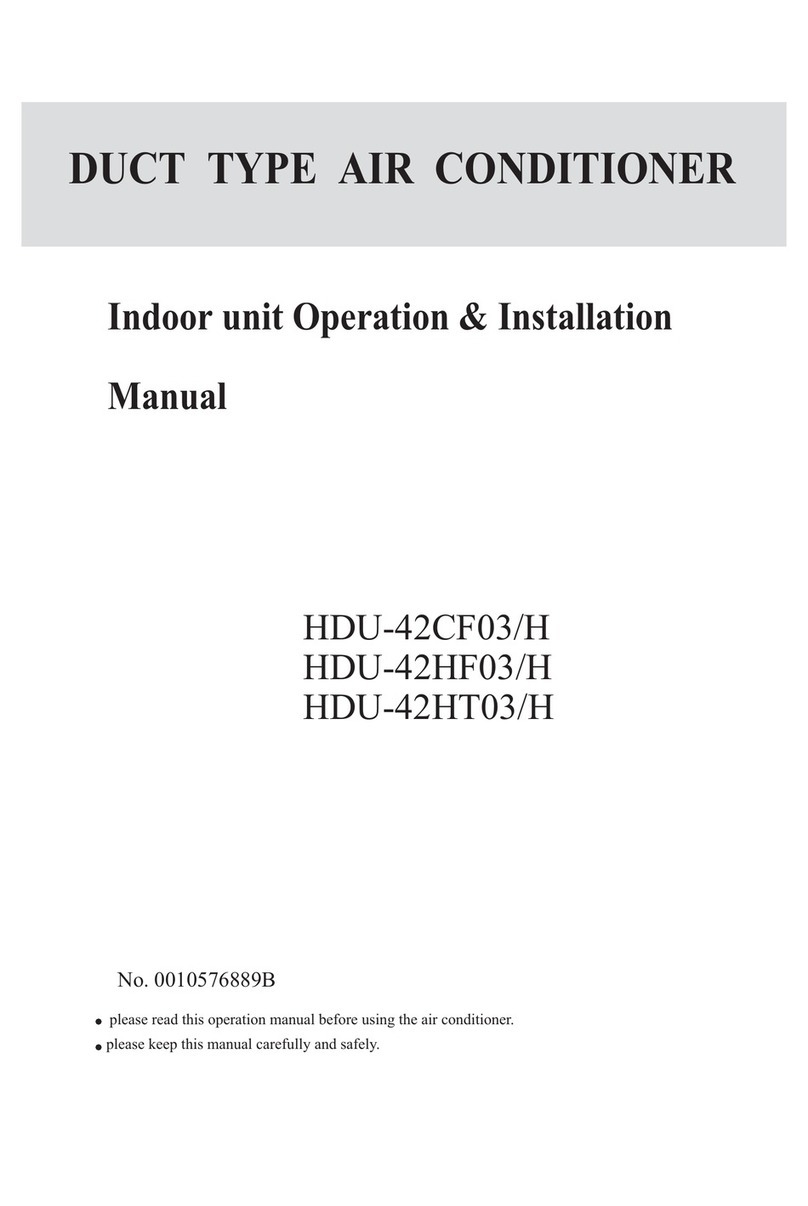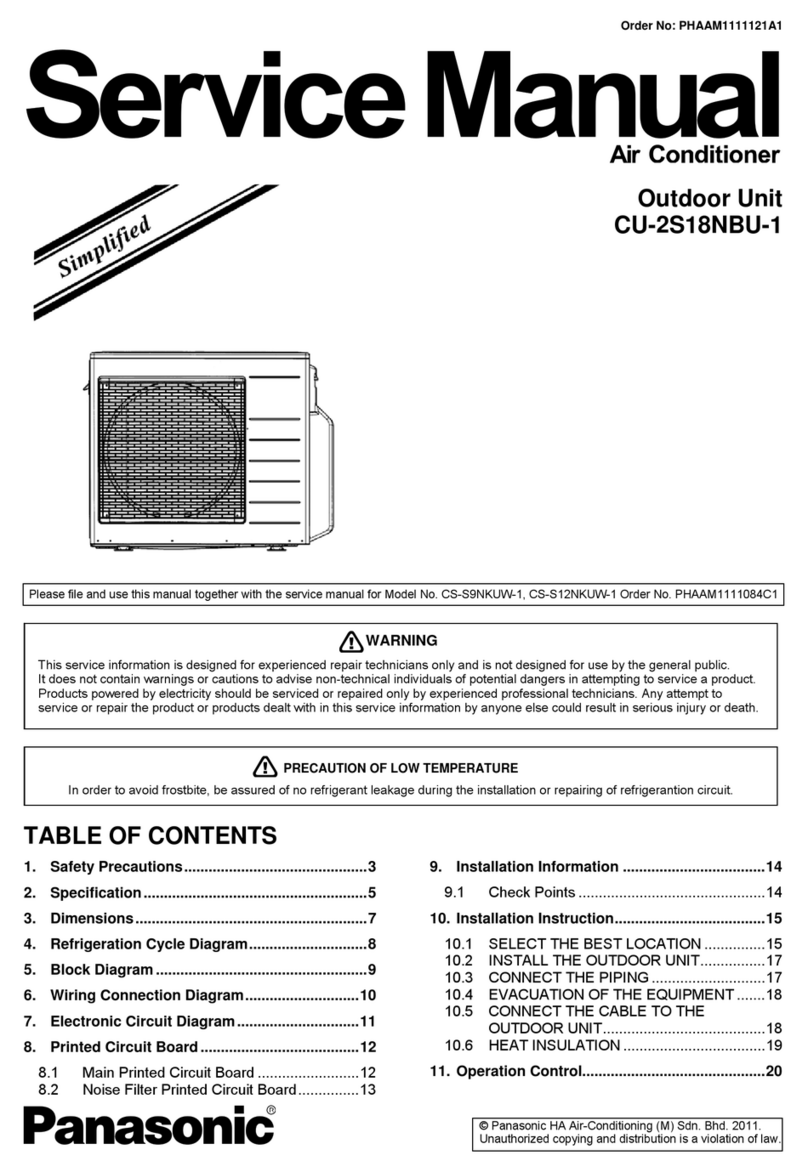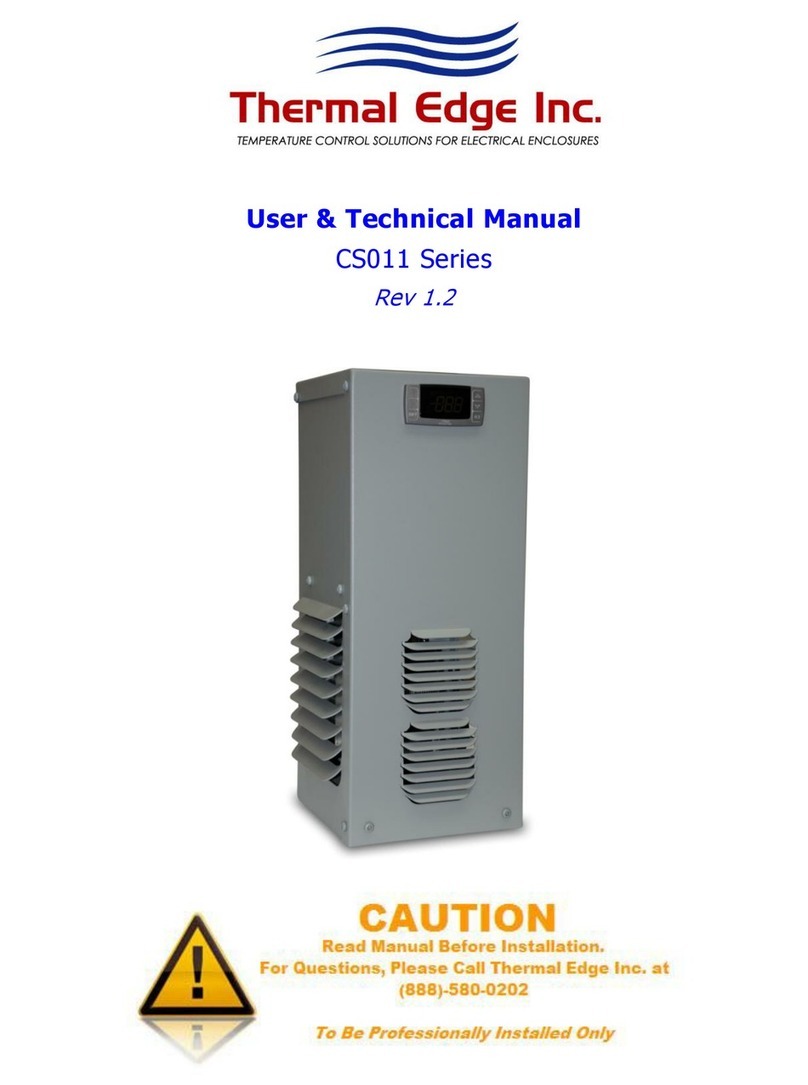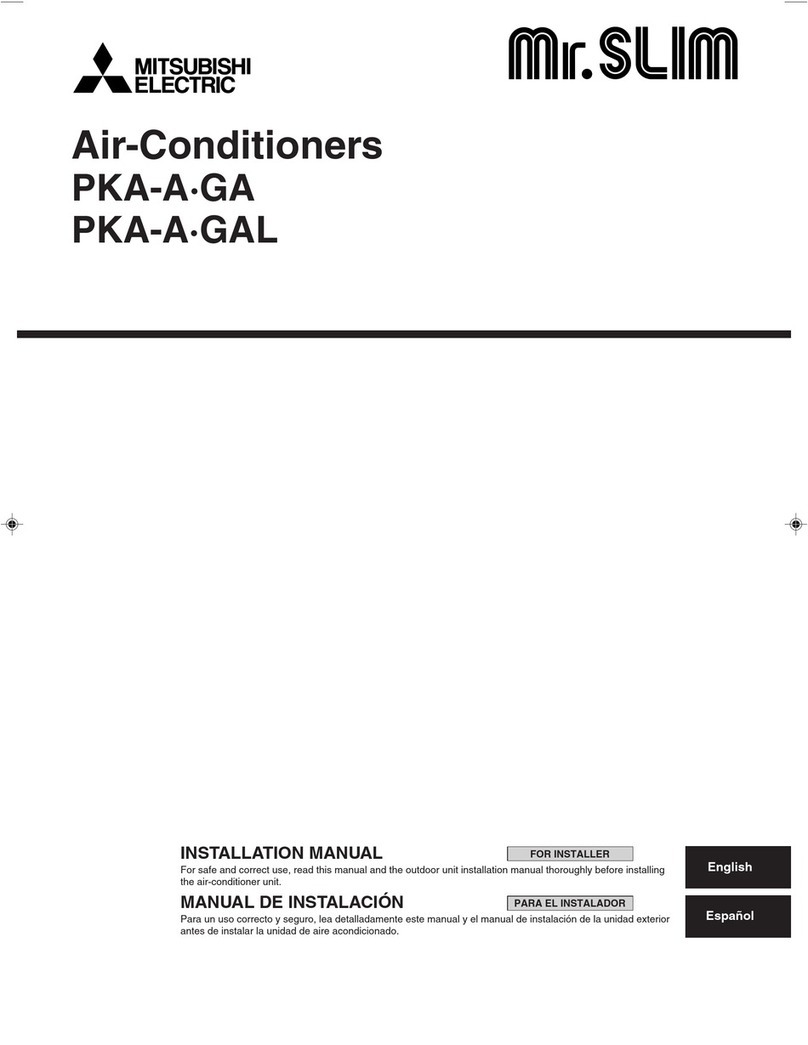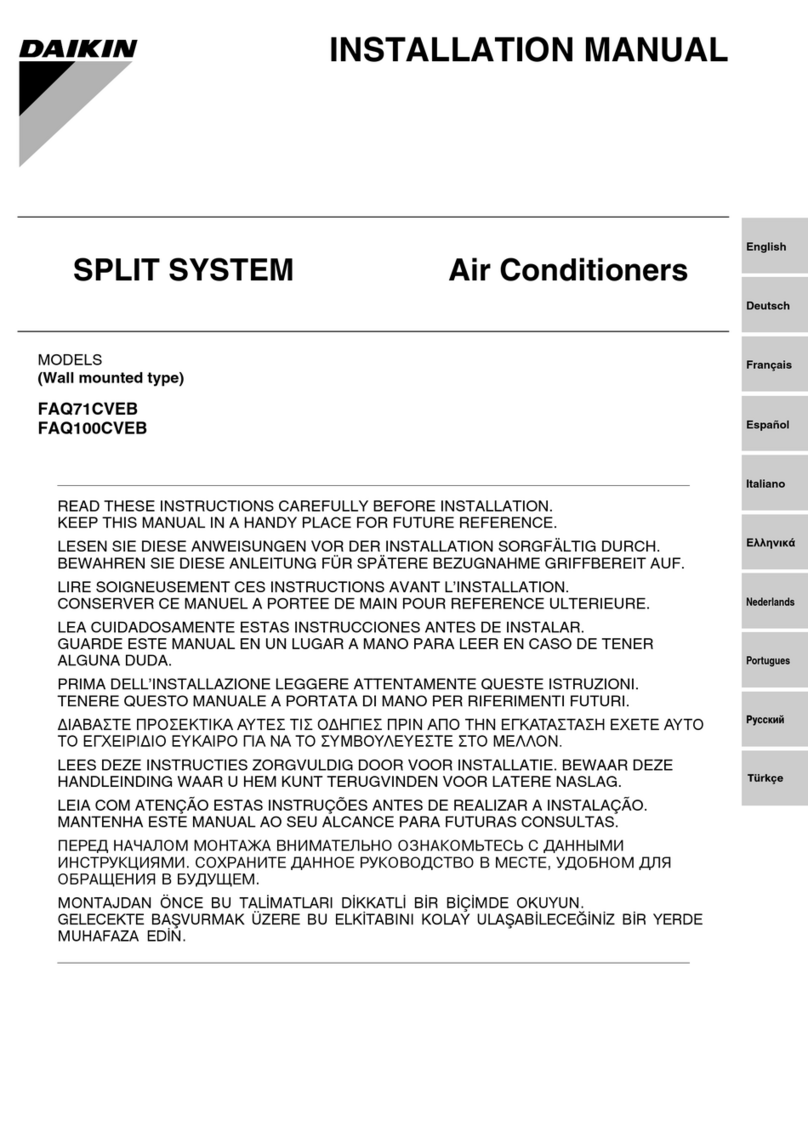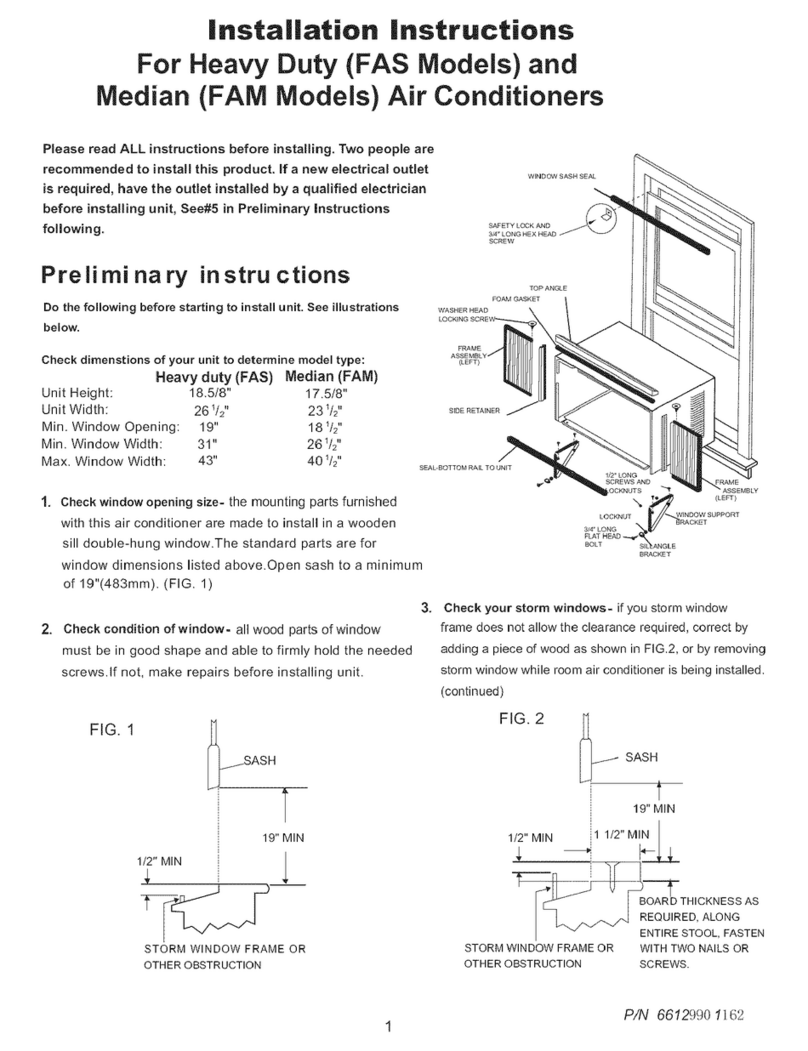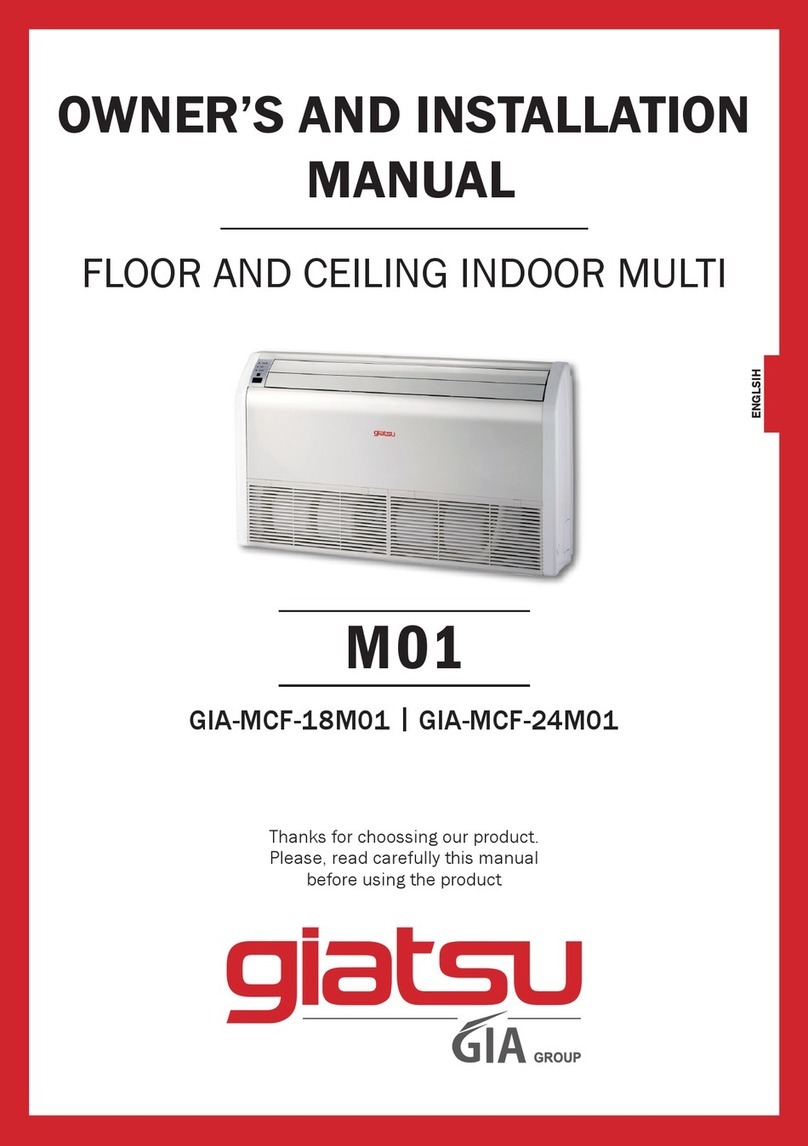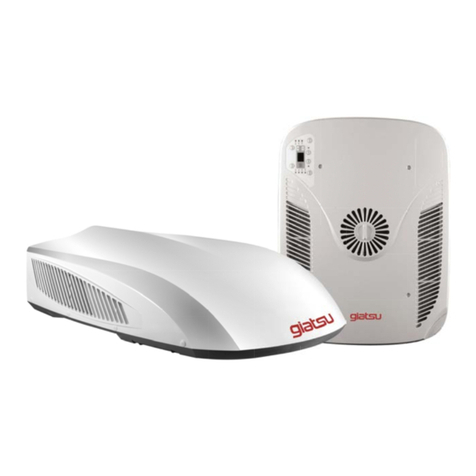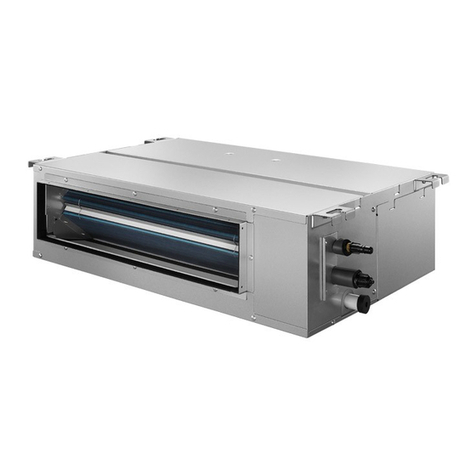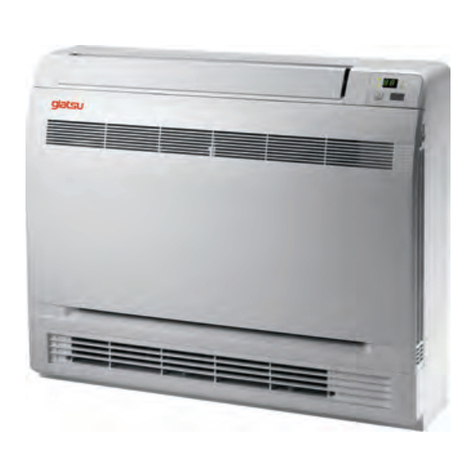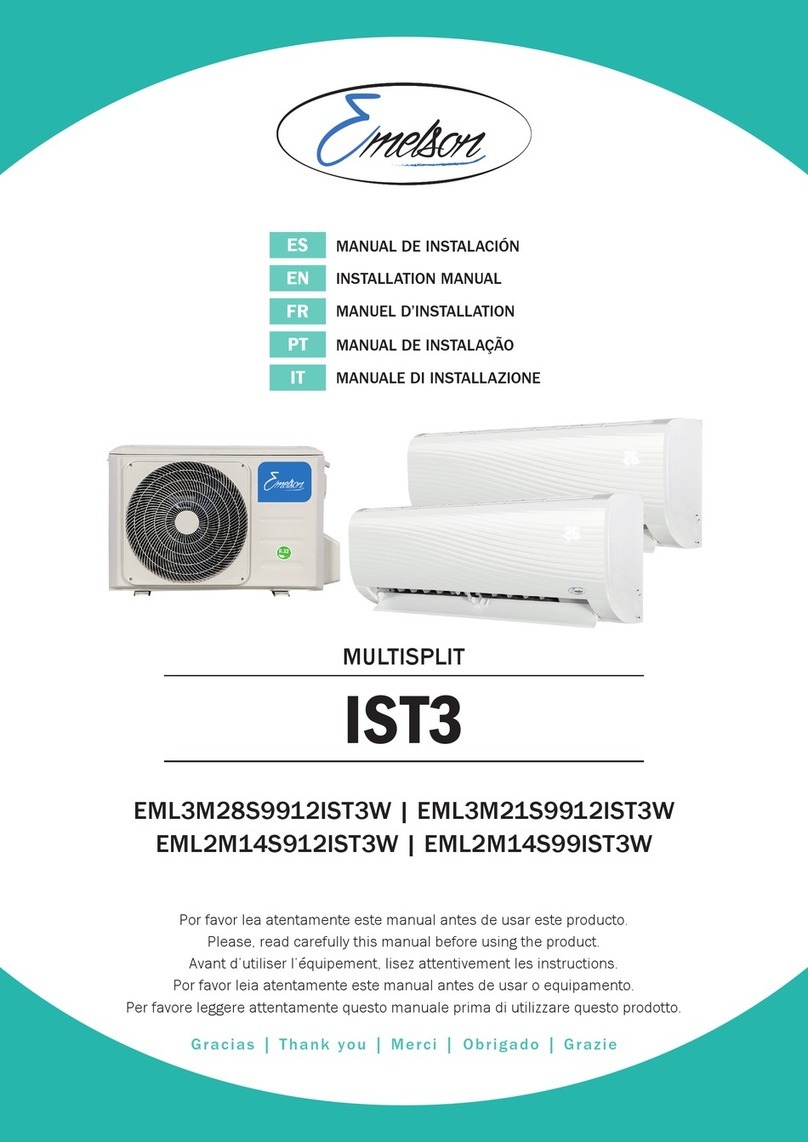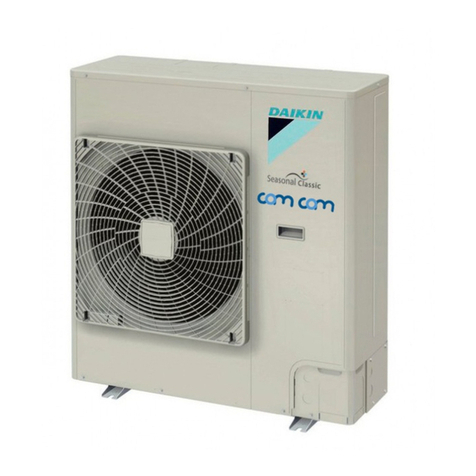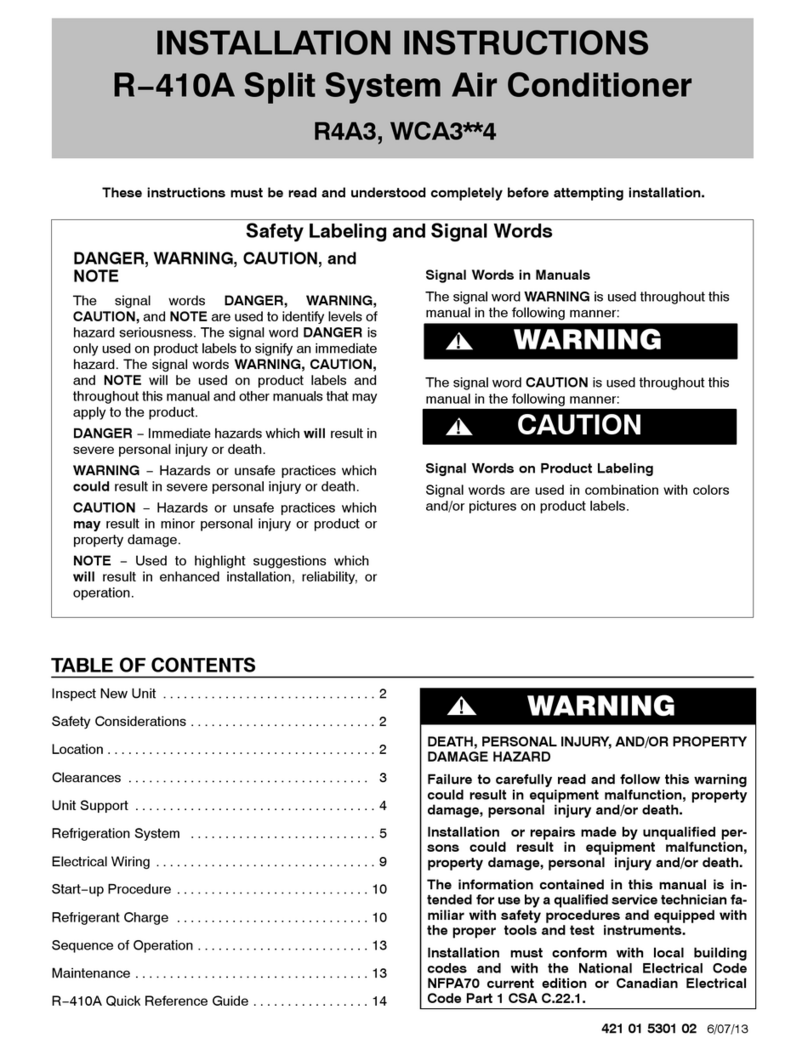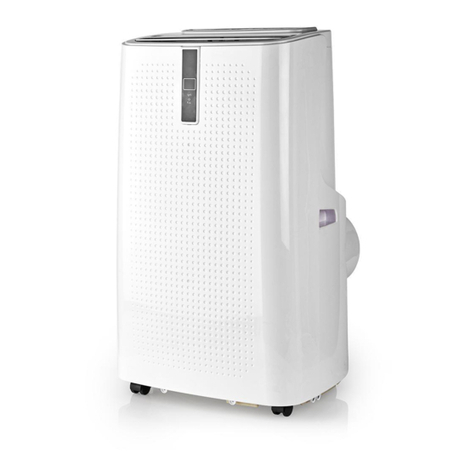
MCAC-VTSM-2011-09 Installation
74 Unit Installation
Before the engineering installation, read carefully the related drawings to understand the design
intention, audit the drawings, and then work out a detailed engineering organization plan.
1. Make sure that the pipe diameters and branch pipe models meet the technical specifications.
2. Ratio of slope, drainage mode and thermal insulation of condensate water.
3. Making of air duct and air opening, and air ventilation organization.
4. Configuration specifications, model and control mode of power cables.
5. Making, total length and control mode of control cable.
The engineering construction staff should follow the construction drawing strictly during the construction.
If any change is required, such change should be approved by the design department and be
documented.
1.4.3. Construction organization plan
Construction organization plan serves as the comprehensive technical and economic documents that
guide the construction preparation and scientific construction organization. A reasonable construction
organization plan and careful implementation of it are essential to ensure smooth construction, shorten
construction period, ensure construction quality, and improve economic results.
The construction plan should be concise and focuses on key procedures, construction method, and time
coordination, space disposal of the construction around the features of the engineering, thus to ensure
smooth construction operation.
1.4.4. Training of installation team
Establish sound training mechanisms. Service engineers are required to train installation team
managers, work supervisors to train workers, and managers to train workers of special type. Establish a
management mechanism in which pre-working training, before-shift disclosure and after-shift
implementation are available.
1.4.5. Coordination with other sectors
Ensure smooth coordination and meticulous organization between these sectors: air conditioning, civil
work, electricity, water supply and drainage, fire protection, decoration, intelligence, etc. Try best to lay
pipes of the air conditioning system along the bottom of the beam. If pipes meet together at the same
height, follow these principles:
1. Ensure that gravity pipes take precedence over water drainage pipes, air ducts and pressure pipes.
2. Ensure that large pipes take precedence over air ducts and small pipes.
1.4.6. Pipe pre-install engineering
1.4.6.1. Operation procedure
Raise requirements to the civil work sector and coordinate Determine the position, size and quantity
of the machines, and conduct pre-installing Check the pre-installing results
1.4.6.2. Pipeline route
1. The pipe for condensate water should have a downward slope (the slope should be at least 1/100).
2. The diameter of the through hole for the refrigerant pipe should take the thickness of the thermal
insulation material into consideration (it is recommended to lay the gas pipe and liquid pipe in two
separate columns).
3. Note that sometimes through hole is not allowed because of the structure of the beam.






















